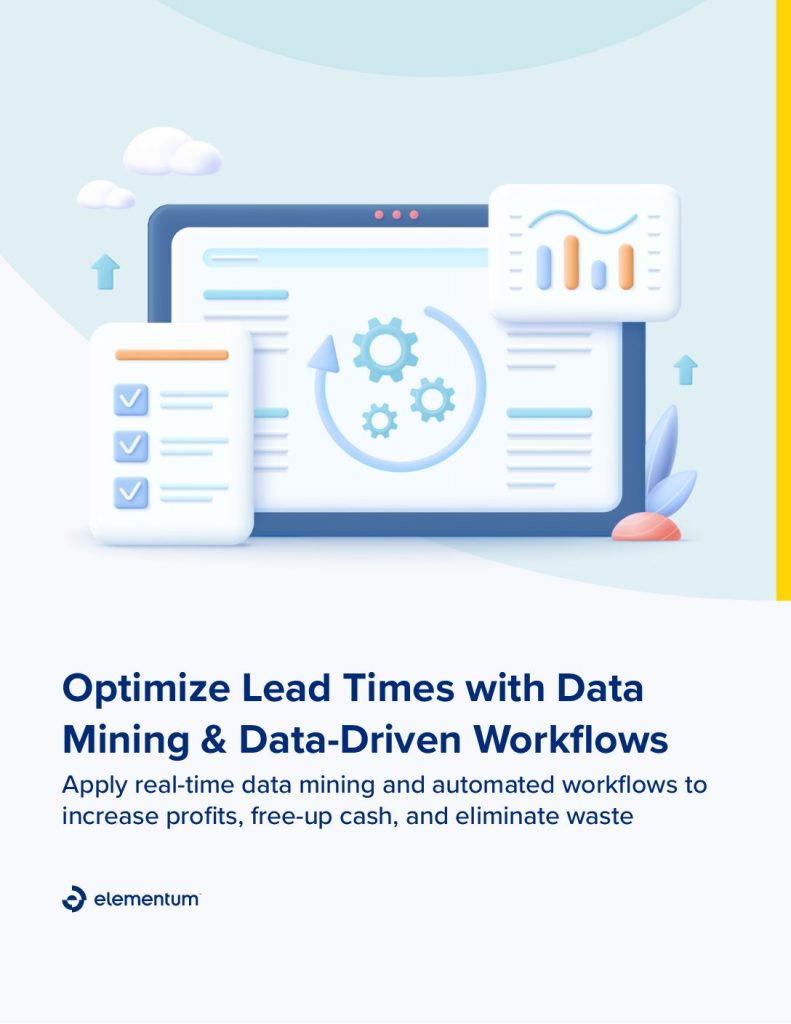In shipping, lead times refer to the period of time between when an order is first received and when it reaches its customer. Lead times include the processing of the order and then the time spent delivering a package to its final destination.
The main components of lead time planning include:
-
- The number of shipments and routes (i.e. lanes)
- The planned delivery time.
- The actual delivery time.
As you can see in the figure below, there’s often a significant gap between planned lead times and actual lead times (i.e. the “Suggested” lead time), which creates the opportunity for optimization and significant financial benefits.






